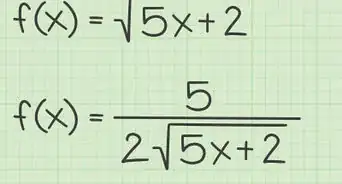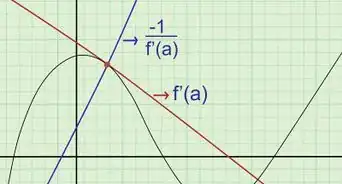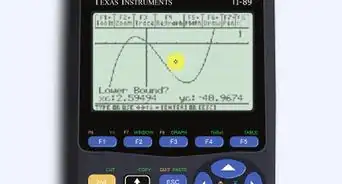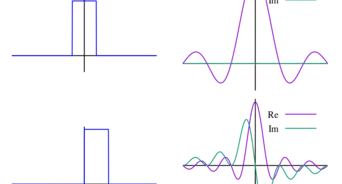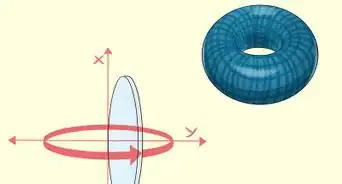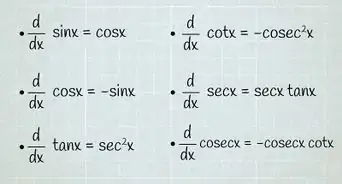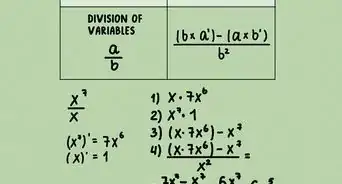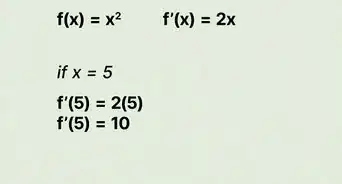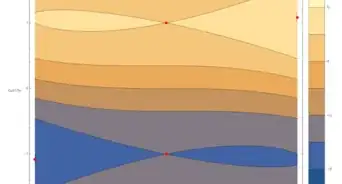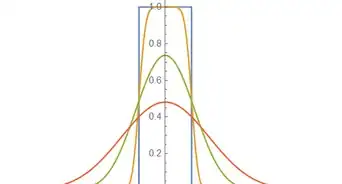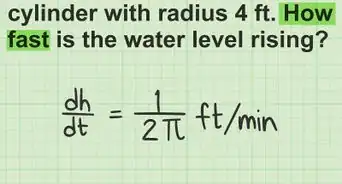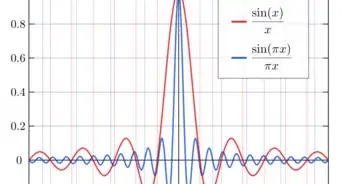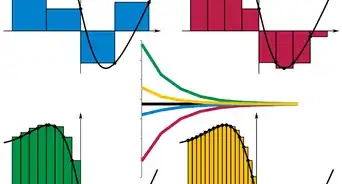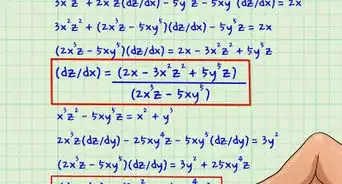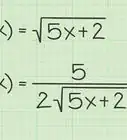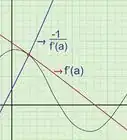X
wikiHow is a “wiki,” similar to Wikipedia, which means that many of our articles are co-written by multiple authors. To create this article, volunteer authors worked to edit and improve it over time.
This article has been viewed 18,886 times.
Learn more...
Finding the limits of functions is a fundamental concept in calculus. Limits are used to study the behaviour of a function around a particular point. Computing limits involves many methods, and this article outlines some of those.
Steps
-
1Use the method of direct substitution. If, for example, we have , plug in where is. That gives us . The limit of , where , at is . This might not always work, though; when the problem involves rational functions with a variable in the denominator, like , substituting for will cause the function to equal , giving you an indeterminate form. Or, if you get an undefined result where the numerator is a non-zero value and the denominator is , the limit does not exist.
-
2Try factoring out and cancelling terms that lead to or . In the previous example , we can factor out and cancel : = . We can evaluate it by plugging in and the limit is .Advertisement
-
3Try to multiply the numerator and the denominator with a conjugate. We have . If you multiply the numerator and denominator with will transform it into . You can cancel out to get a simpler . This comes up to .
-
4Use trigonometric transformations. If your limit is , multiply the numerator and denominator with to get . Use and separate the multiplied fractions to obtain . You can plug in to get . The limit is .
-
5Find limits at infinity. has a limit at infinity. It cannot be simplified to be a finite number. Examine the graph of the function if this is the case. For the limit in the example, if you look at the graph of , you will see that as .
-
6Use L'Hôpital's rule. This is used for indeterminate forms like or . This rule states that for functions f and h differentiable on an open interval I except at a point c in I, if = or = and for all in and if exists, . This rule converts indeterminate forms to forms that can be easily evaluated. For example, = = = .
Advertisement
Community Q&A
-
QuestionHow can I find the limit of a function using trigonometric identities?If your limit involves trigonometric terms, such as sine or cosine, try to replace parts of the function with alternative forms of the terms if direct substitution gives you an indeterminate form. For example, if your function is f(x) = (1 - cos²x)/(sinx), you could replace 1 - cos²x with sin²x (as sin²x + cos²x = 1) and then cancel the sinx in the denominator, leaving you with f(x) = sinx.
-
QuestionWhat should I do if direct substitution gives me 0/0?If directly substituting results in the function equalling 0/0, try factoring, multiplying by conjugates, using alternative forms of trigonometric functions, or L'Hopital's rule to discover the limit. If none of these methods can be used, approximate the limit from a graph or table or by substituting nearby values at different intervals.
Advertisement
About This Article
Advertisement















































